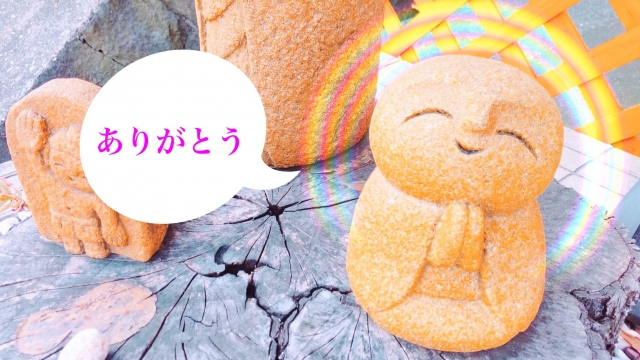Many foreigners may be studying Japanese, but it is not easy to learn because it is considered one of the most difficult languages in the world.
Some of the words that Japanese people use casually in their daily lives have meanings that are not well understood.
Domo” is one such word.
There may be few Japanese who can accurately explain the word “Domo”.
In this article, I would like to explain the meaning of “Domo” and how to say it.

Click here to learn Japanese language with the best one-on-one Japanese tutoring lessons in person or online.
Contents
The Meaning and Wording of “Hi” (Domo)
The word “Domo” is frequently used in Japan, but what does it mean?
Let me give you some concrete examples.
Meaning of “thank you
Thank you” is a word of gratitude, but it can also have the meaning of “very much” by adding the word “thanks” in front of it.
In Japan, “thank you” is used to express deep gratitude to the other person.
In daily life, we use “arigato” (thank you) or “thank you” in a casual way, but by adding “thank you”, we can express our gratitude in a larger way.
In addition, when someone does something for you, there are cases where you just say “thanks” instead of “thank you”.
Shy people often cannot say “thank you” to a person’s face, but it would be awkward not to express gratitude, so they just say “thanks.

Meaning of “sorry
In Japan, we use the words “excuse me” and “sorry” when apologizing to others.
By adding “sorry” to these words, you can add the meaning of “very much” as in “thank you very much”.
In Japan, the words “thank you” and “sorry” are used in the same way as “thank you very much.
Use in Greetings
In Japan, “Ohayo gozaimasu” in the morning, “konnichiwa” during the daytime, and “konban” in the evening are used as greetings.
In some cases, “Tomo” is added before the greeting.
However, in this case, “Tomo” does not mean “very much,” but rather “Hi” as in English.
In some cases, “Hi” is said without words such as “Ohayo” or “Konnichiwa.
For example, in “manzai,” a famous Japanese comedy form, a manzai performer often appears on stage saying, “Yes, hi!

Used when the situation is not clear.
Thank you” is also used in other situations besides gratitude, apology, and greetings.
It can also be used when you are not sure about the current situation.
I don’t understand you very well.
Thanks, that doesn’t seem right.
I don’t agree with the score.
In this way, “Hi,” is sometimes used when you are in an unfavorable situation.
It is also used when you are not satisfied with the result shown in front of you, as in “I’m not satisfied with the result.
Used when you are not feeling well.
Humans are not robots, and we may get sick several times a year.
In such cases, “Hi” is also used.
For example, “I haven’t been feeling well lately,” or “I’ve been having a headache lately.
The Origin of “Hi” (どうも)
As mentioned above, the word “thanks” is used in a variety of situations, and it is said to have come into use around the Edo period (1603-1868).
However, at that time, it was not used in a variety of ways as it is today, and was used in terms such as “indescribable feeling” or “indescribable scenery.
It was used to describe indescribable feelings or situations that could not be expressed in words.
As time passed through the Meiji, Showa, Heisei, and 2025 eras, the use of the word became more and more varied.

Be careful when using “thanks” by itself, as it may be considered rude depending on the person you are talking to.
Adding “どうも” to words such as “ありがとう” and “ごめんなさい” and to greetings makes it possible to speak more like a Japanese person, but care must be taken when using “どうも” by itself.
When you meet a business partner, boss, or superior acquaintance at work or in your private life, it may be considered rude to greet him or her casually with “どうも” or to express your gratitude casually with “どうも”.
Since “Hi” by itself has a very informal meaning, it should only be used in a frank manner.
It may be difficult to put it into practice right away, because you have to use “Hi” in a flexible manner depending on the person you are talking to and the situation at the time.
Therefore, it may be a good idea to first get used to using only greetings and thanks such as “Hi, hello” and “Hi, thank you”.
Conclusion
In this article, we have explained the meaning and way of saying “どうも (Domo)”.
When foreigners try to learn Japanese, they find it difficult to use the word “Domo”, but by understanding the content and usage, it is possible to create an atmosphere more similar to a conversation spoken by Japanese people.
Please understand the situations and usage of the word and try to use it actively.










